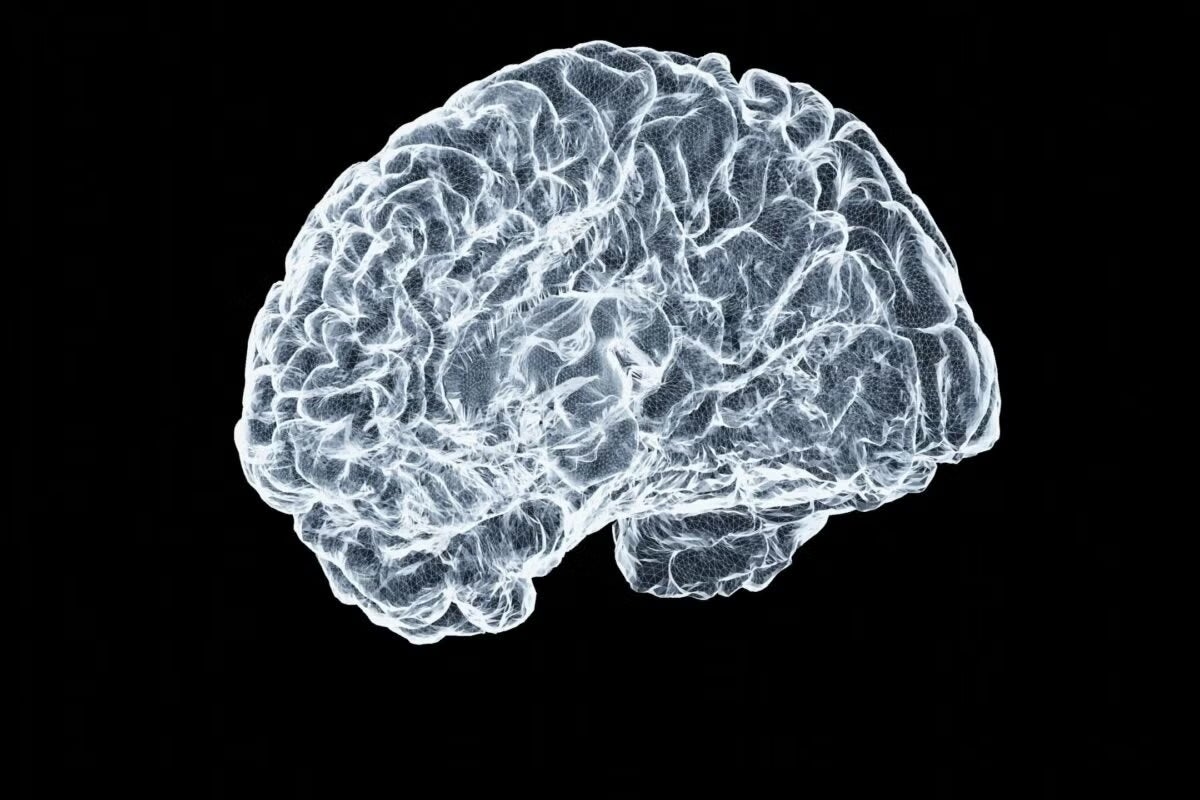Hooray for Pi Day
Pi plays a central role in the research of scientists and mathematicians at UT Austin.

'Spring Pi' by Molly White and Jack Moore (pinscreen impression). This is one of the entries in this year's Art of Pi virtual exhibit (http://www.utexas.edu/know/2015/03/09/making-pi/)
Pi Day, celebrated every year on March 14, corresponds with the first three digits of pi (3.14 also happens to be Albert Einstein’s birthday). Pi pops up anytime you want to mathematically describe a circle, curve or sphere. Here at The University of Texas at Austin, our scientists and mathematicians have reasons to celebrate pi year-round.
Here's a sampling of how pi plays a central role in our scientists' research.
Extrasolar Planets
Astronomer Bill Cochran uses pi every day in his search for planets around other stars, called extrasolar planets. Pi is a key element in measuring the size and shape of an extrasolar planet's orbit, and knowing that can tell you whether the planet is in a region around a star that might support life, called the habitable zone. Pi is also useful in determining the size of a planet, which is important if you want to find Earth-like planetary cousins.
Drug Discovery
Computer scientist Chandrajit Bajaj uses computer simulations to predict how well a drug might bind to a drug target, such as a virus or tumor cell. Since real-life drug trials are costly, this method can help sort through drug candidates to select the most promising ones to pursue. His simulation essentially tries to stick a drug and drug target together in thousands upon thousands of different ways, like rotating pieces of a 3D jigsaw puzzle to find a match. A formula that includes pi helps insure that these binding attempts are evenly distributed in 3D space.
Brain Waves
Neuroscientist Laura Colgin studies the various types of brain waves that allow cells distributed across the brain to talk to each other, as if they had their own private telephone networks. The ability to interact in this way is critical for memory and learning. Disruption of these signals is correlated with many diseases such as schizophrenia, Alzheimer's and autism. These brain waves can be characterized by equations involving pi.
Tracking Tumors
Mathematician Andrew Blumberg is collaborating on a research project that charts how a person's cancerous tumor evolves over time with the hopes of finding more effective treatments. The genetic changes in a tumor can be mapped out in a 3D evolutionary tree. To measure how far different versions of the tumor have evolved apart—and predict how effective certain treatments might be against it—he uses a calculation that involves pi.
Austin's public radio station, KUT, featured several scientists from UT Austin on their daily news program Texas Standard on Friday, March 13, 2015. To listen to the Pi Day segment, go to about time 26:25 in the audio clip: https://soundcloud.com/texas-standard/texas-standard-march-13-2015
One True Constant
Some physicists have suggested that our universe is but one of many universes, each with its own set of physical constants. These other universes might have electrons with different charges than ours, for example, or gravitational constants that are weaker or stronger. But in a system where so much seems capable of change, Bill Cochran says pi is one of those rare physical constants.
"I couldn't imagine a different universe where pi would be different," he says. "It's so intimately tied to geometry and I don't see how you could change geometry. Even if string theory is right, and there are something like 14 dimensions, as long as you have at least two dimensions, you'd still have pi."
Pi for All
So celebrate Pi Day! Eat some pie. Compose a piem (that’s a poem where the number of letters in each word is equal to the corresponding digit of pi). Toss some frozen hot dogs on the floor a few hundred times and calculate the value of pi yourself. View pi-inspired art from the university community at the Pi Day 2015 – The Art of Pi virtual exhibit, or check out this amazing public art that appeared in the skies over downtown Austin and campus for Pi Day 2014. An artist teamed up with an aerial advertising company to write hundreds of digits of pi a quarter mile high (video).



